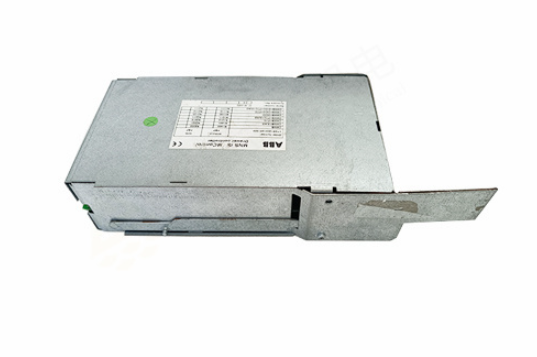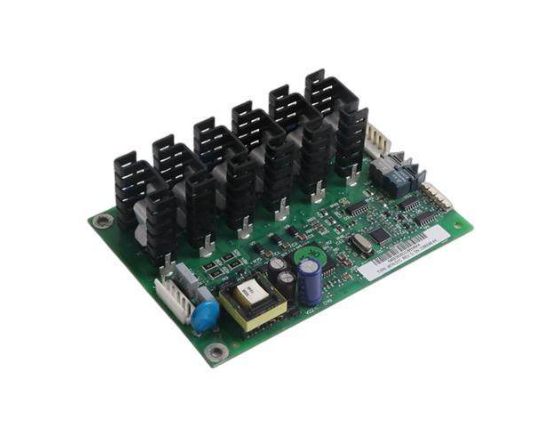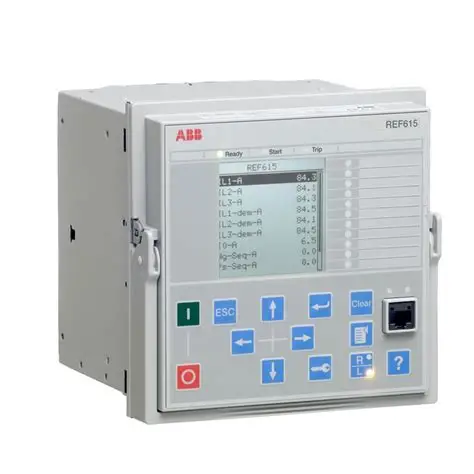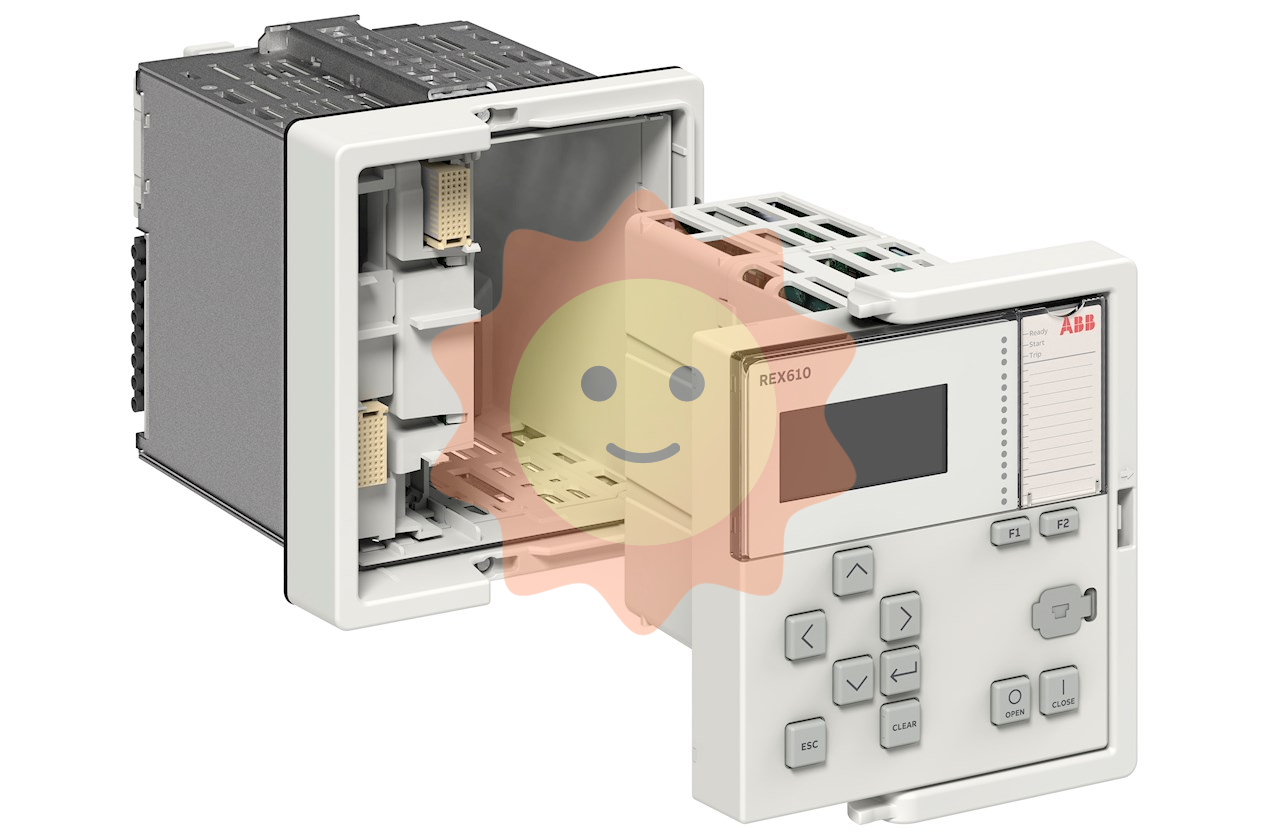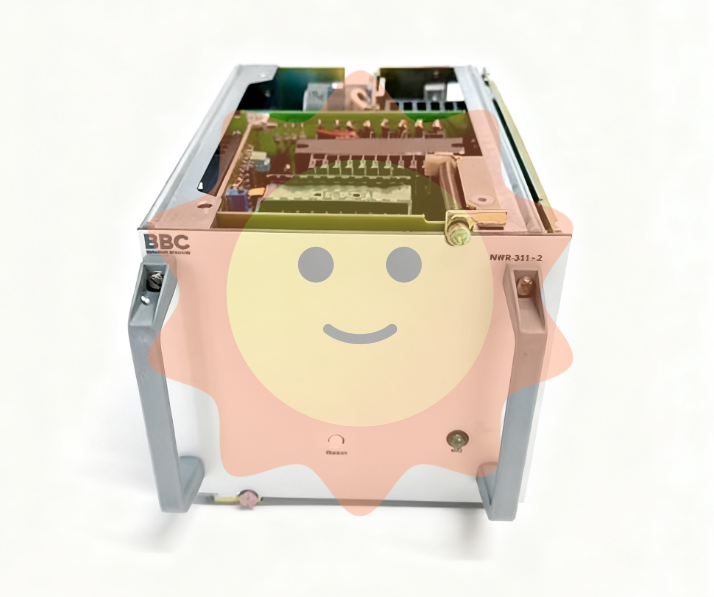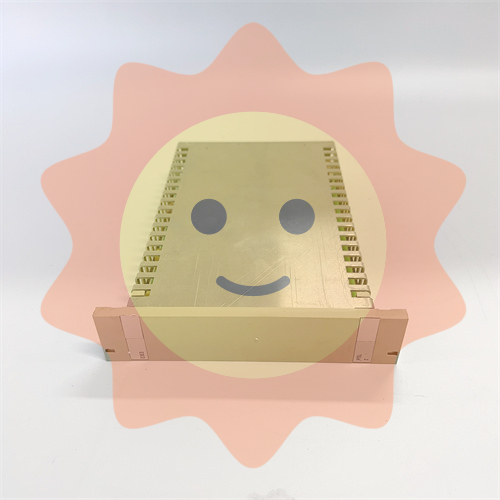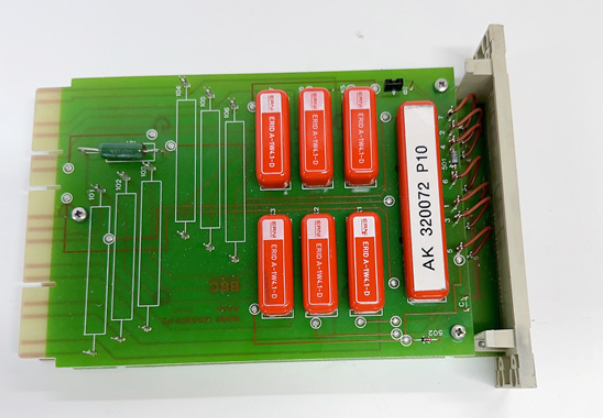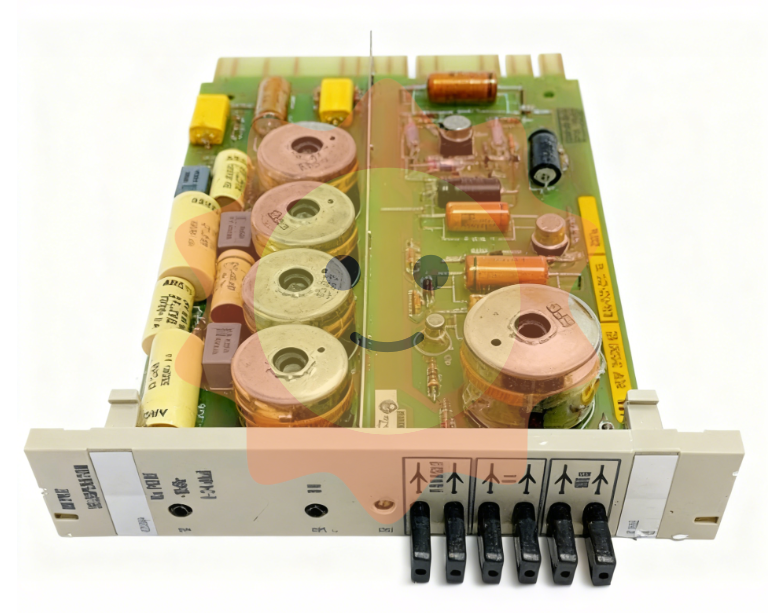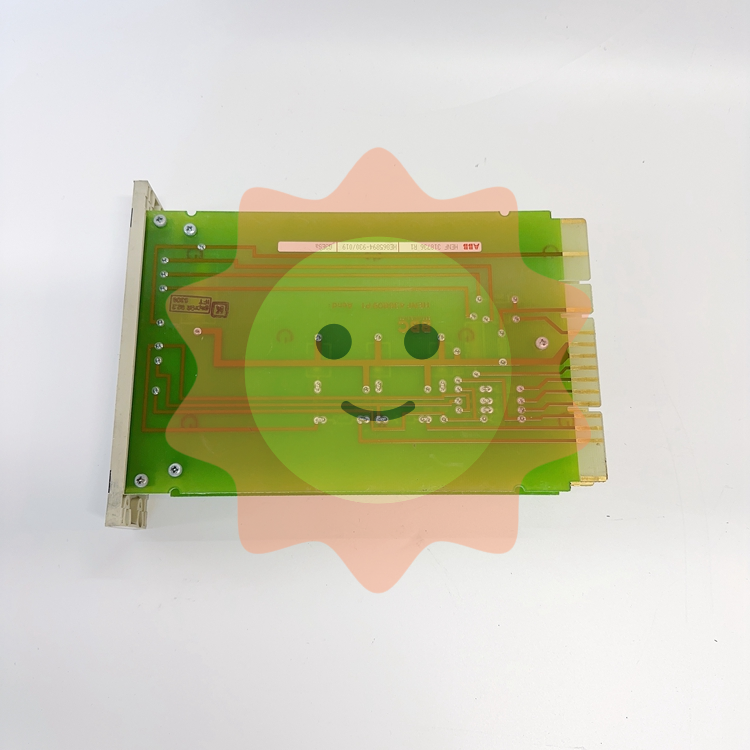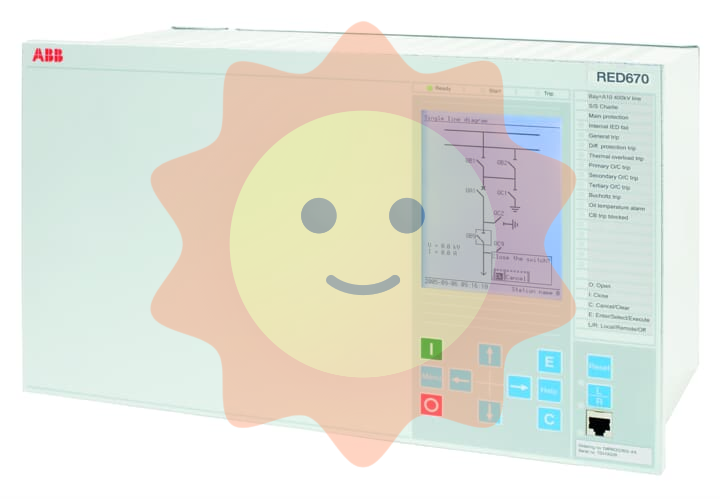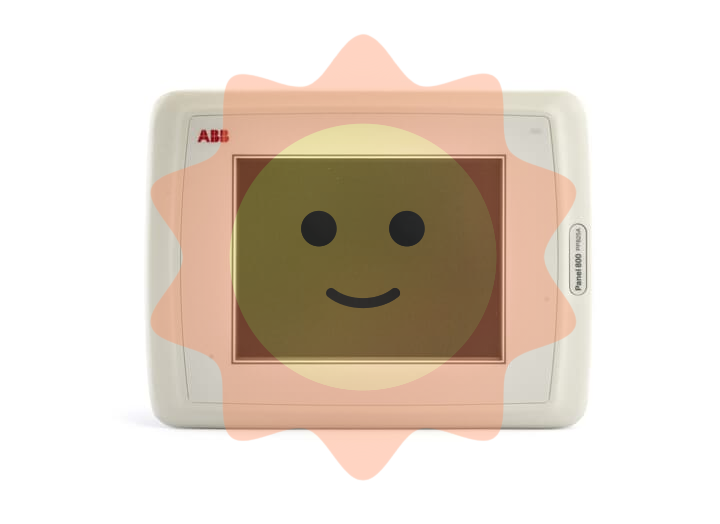Thirty years of sewage treatment industry: Tuyere never sleeps
Dr. Fu Tao's new book "Introduction to the Environmental Industry" says in the preface that "the environmental industry is a legend", as part of the environmental industry, the sewage treatment industry is also like a legend.
Taking the introduction of social capital in 1993 as a starting point, the industrialization process of sewage treatment has been going on for 27 years. The industry usually takes the Notice issued by the former Ministry of Construction in 2002 on the issuance of the Opinions on Accelerating the Market-oriented Process of the Municipal Public Utilities Industry as a sign of the comprehensive launch of the reform of public utilities. The announcement came as some asserted that 2003 would be the "first year" of the marketization of public utilities. In fact, before this, all over the country has been piecemeal fire of market-oriented reform of public utilities.
In the market-oriented reform of public utilities, the water industry is in the forefront, since 1993, water supply and sewage treatment have begun to explore industrialization, and in 1998, it buried the seeds of development for more than 20 years. In particular, sewage treatment, more than 20 years, industrialization, marketization continues to deepen and improve, people and enterprises that entered the industry, there are some growth and development, there are some transformation to survive, there are some bankruptcy liquidation. In any case, what still survives today is already the cornerstone of the industry.
The history of the sewage treatment industry is not long, and there are many things. Limited in length, this article is not in accordance with the complete timeline, but to select a few of them can connect a period of time, and have a decisive impact on the industry key words, tube Zhongpeep, together review the 30 years of industrial development of the tuyere, this is not the glorious years of nostalgia and memorial, but hope to get some inspiration and touch on the present and future.

01 BOT
Chapter introduction: BOT model and franchise system are the first outlet of sewage treatment industry, and the golden decade of industry is thus opened. In the past ten years, China's sewage treatment field has made remarkable achievements, but also created a group of industrial backbone.
Beijing, 2003. A well-known expert asked a colleague, "What does BOT mean?" Colleagues couldn't answer either.
BOT was definitely new back then, though in 1998, the state approved the BOT model, allowing local governments to operate municipal utilities as bots, with the operating companies receiving fixed returns.
In 1997, Peng Harrier Environmental Protection tried to build a BOT model of Gongzhuling City sewage treatment project in Jilin Province, and it was not very smooth at the beginning. The project began construction in April 2000 and became operational in October 2002.
In 1999, Wen Yibo, chairman of Sander Group, launched the "China Green Water Plan" and proposed to build 100 sewage treatment plants in China using the BOT model, which was laughed at by the crowd and everyone said it was bragging.
100 sewage treatment plants, BOT model, this was a little unthinkable at the time.
According to the "China Urban Construction Statistical Annual Report", in 1999, China's sewage treatment rate (unless specifically specified, the sewage treatment rate and sewage treatment plants refer to municipal sewage treatment) was 31.93%, Beijing 25%, only Tianjin reached 53% in several municipalities directly under the central government, and 402 urban sewage treatment plants in the country. It took a whole year, and by 2000, 25 more sewage treatment plants had been built across the country, reaching 427.
The explorers are not stopping. Change is happening.
In 2001, Sander Group built Xiaojiahe sewage treatment Plant in Beijing, which was completed and put into operation in 2002, opening the BOT model in the sewage treatment industry.
The sewage treatment plant of Beijing Economic Development Zone, which was participated by Construction Engineering Jin Yuan, was also put into commercial operation in April 2002.
Sander Group subsequently obtained the Nanchang Xianghu, Baotou southern suburbs and other sewage treatment BOT projects. The efforts of Sander, Construction Engineering Jinyuan, Peng Harrier Environmental Protection and other companies have helped and promoted the relevant government departments to realize that marketization is an effective solution to China's urban sewage problem.
At the end of 2002, the Opinions on Accelerating the Marketization Process of the Municipal Public Utility Industry were issued, "With institutional innovation and mechanism innovation as the driving force, with the purpose of ensuring the public interest and promoting the development of the municipal public utility industry, accelerate the marketization process of the municipal public utility industry, introduce a competition mechanism, and establish a government franchise system." Form as soon as possible with the socialist market economic system to adapt to the municipal public sector market system, encourage diversified investment, allow cross-regional, cross-industry participation in the operation, the establishment of municipal public sector franchise system, which is starting the sewage treatment market a valuable acceleration.
Soon, the BOT model became well known in the field of sewage treatment. People who were unfamiliar with the term at the beginning of 2003 knew it well by the end of the year. It will dominate the sewage treatment market in the next decade, sweeping across the country and captivating governments at all levels.
This is also the golden decade of the sewage treatment industry, the number of sewage treatment plants in the country has increased rapidly, the sewage treatment rate has climbed, and China has built a sewage treatment plant in developed countries for 100 years in ten years. By the end of 2013, more than 3,500 sewage treatment plants above the county level (including county level) had been built and put into operation, with a total daily treatment capacity of 149 million cubic meters, which is basically equivalent to that of the United States.
This decade has brought prosperity to investment operations, engineering technology, environmental protection equipment companies, and even pharmaceutical manufacturers. The constant is always strong, and the weak are also seizing the opportunity to become strong. The script of the sewage treatment industry has been written, and the actors are coming in.

During this period, the industry also gave birth to some special institutions. It seems to be a coincidence that in 2000, China's water network was born. But think about it carefully, and it seems destined: in 1999, the tide of the Internet hit every industry, and in 2000, a professional website was born in the field of water in the bud of industrialization, isn't it natural?
In another coincidence or fate - still more like the latter - in 2003, the "first year of marketization," the new China Water Network launched an annual ranking that ranked the major players in the water market in 2003, so that today we can know which companies were dominating the water market that year.
First place went to Beijing Capital. This company has dominated the list of the top ten influential enterprises in the water industry since 2003, and it has been 16 times so far. The list of 2019 has not yet been announced, and if there is no accident, there will be it. It was the most powerful in the water market, but in fact, it was mainly in the water supply field there was a series of large-scale investment mergers and acquisitions.
The second is Shenzhen Water (Group) Co., LTD., in addition to the famous equity transfer incident related to the first place, in 2003, in terms of sewage, it did win the bidding for Shenzhen Longgang Banxuegang sewage treatment plant, Guangzhou Panyu District forward sewage treatment plant and Nanjing Jiangbei sewage treatment plant operation and management projects.
Third place goes to Veolia Water Group. This year, it just changed its name. The number one on the joint list bought a 45% stake in the number two, causing a national sensation.
Fourth place goes to Thames Water Group. This company looks very strange, when through its subordinate Hong Kong Huijin Water and their own personally, in the Chinese market is also turned up waves. Huijin Water broke down the Changchun sewage project at that time, and then gradually disappeared.
The fifth is Beijing Urban Drainage Group. This is a state-owned large-scale infrastructure construction and management enterprise in Beijing, which is basically responsible for the construction work related to sewage treatment in Beijing, and it is also renowned for its excellent sewage treatment plant operation and management experience in the industry. In 2003, it set up a joint venture with Beijing Capital Water Co., LTD., and was responsible for the specific operation of the company. Also to Guangzhou, Jiangsu to develop sewage and tap water business.
The sixth is Suez Lyon Water, which is the parent company of Sino-French water, and Veolia Water, is also one of the world's top 500, and is the first of the three water giants to enter China. However, like Capital and Veolia, it was mainly more interested in tap water at that time. After all, sewage treatment was still in its infancy.
No. 7 was Golden State Holdings, better known as Golden State Environmental. In November 2003, he and several other companies jointly won the bid for the Beijing Olympic Water Park project, and in the same month, won the bid for the equipment design, procurement, transportation, installation, commissioning and technical services of Beijing Xiaohongmen sewage Treatment plant. At the end of the year, it also took over the Beijing water Tenth Plant project, which has attracted much attention in the industry.
The eighth is China Environmental Protection Water Investment Company. This company is a famous door, established by Shanghai Industrial Holding Co., Ltd. and China Energy Conservation Investment Company joint venture, and the capital shares, standing water industry top ten influential list for more than ten years, in the market is also tap water and sewage around the opening. But the overall impact on the industry is weaker than the first.
The ninth is Anhui Guozhen Environmental Protection and Energy Saving Technology Co., LTD., which is the representative of private environmental protection enterprises like Jinzhou. It mainly works in the sewage treatment market. In 2003, the project under construction included Hefei Zhuzhujing sewage Treatment Plant BOT project (construction started in 2001); In December, Guozhen Environmental Protection won the bid to construct the BOT project of Guangdong Xinhui East Suburb sewage treatment plant officially put into operation, and won the bid of Jiangsu Xuzhou sewage treatment plant project (30 years term) with the TOT model.
The tenth is Tsinghua Tongfang Water Engineering Company, which is a subsidiary company of Tsinghua Tongfang Co., Ltd. and a representative of environmental engineering companies at that time.
What does all this have to do with bots? Most of them have nothing to do with it, except for Kook Jeong. But over the next decade, the change in the list has a lot to do with bots. BOT has brought more possibilities, and the selection of the water industry has gradually expanded from the state-owned enterprises and foreign enterprises with strong capital to the private enterprises with incomparable vitality. In addition to investment and operation, under the influence of BOT mode, engineering technology and operation service enterprises dominated by private enterprises have begun to rise. They may not be able to make the top 10 influential lists like Sander, but they play a role in all aspects of the industrial chain. And initially focused on the field of water supply of state-owned enterprises, foreign companies, are also skilled in waving the BOT this new "weapon", in the emerging sewage treatment industry to capture territory.

2003-2013, the rapid outbreak of water industry marketization projects, 2005-2006 is even more rapid growth, the scale of the industry rose from the original millions of tons to 60 million tons, rapidly improving China's sewage treatment capacity.
Why did the reform document issued in 2002 only exploded in the sewage treatment market in 2005-2006? The reason lies in the financing bottleneck, if the project financing problem is not solved, the project will not get up.
At that time, Guozhen Environmental Protection cooperated with the National Development Bank on the two projects of Hefei Zhuzhuanjing Sewage Treatment Plant and Jiangmen Xinhui District Longquan sewage treatment Plant. China Development Bank has conducted research on private enterprises and pledged franchise rights to finance the construction of sewage treatment plants, which is also an innovation for the bank. Subsequently, banks gradually accepted this model. The Changsha Xianghu sewage Treatment plant, for example, is the result of cooperation between Guozhen and Industrial and Commercial Bank of China, with loans provided by ICBC in Anhui and Hunan. The project financing problem was solved, and the demonstration effect was achieved, which led to everything that followed.
BOT has become the mainstream market model of local governments from the crab model, hundreds of cities across the country, which has not "my city to build the first BOT sewage treatment plant" book? This is inseparable from the initial efforts of industry pioneers, who have also been rewarded.
In the past ten years, the most dazzling industry stars are grasping the BOT model and rapidly expanding the volume and scale of sewage treatment through investment and operation. Sander Group (founded by Wen Yibo in 1993), Guozhen Environmental Protection, Peng Harrier Environmental protection is one of the representatives, as well as Zhongke Cheng, construction Jin Yuan, Xiaoqing Environmental protection and so on. Capital shares, Entrepreneurship Environmental protection, Central Water, Tongfang Water, Puhua Environmental Protection, China Water Investment (HHO) and other state-owned enterprises, as well as Veolia, Suez (Sino-French Water) two foreign companies, are also not outdone, with superior capital strength in the war against rivals.
Ten years of sewage treatment construction achievements can be described as brilliant, by the end of 2013, the country's cities and counties have built a total of 3,513 sewage treatment plants, sewage treatment capacity of about 149 million cubic meters/day. Sewage treatment plants have been built in 651 cities, accounting for 99.1 percent of the total number of cities. At that time, only six cities in Heilongjiang Province, including Shangzhi, Wuchang, Mishan, Tieli and Hailun, and Xigaze in Tibet Autonomous Region, had not yet built urban sewage treatment plants. Sewage treatment plants have been built in 1,341 counties, accounting for 82.6 percent of the total.
BOT mode is popular, and related service agencies naturally accompany it. General Technology Consulting (Zhongyi International bidding), Jibang Consulting, Dayue Consulting, Jiangsu Modern, Guoxin bidding and so on are the most well-known, and a group of law firms have also made a pot full of money.
02 PPP
With the end of the peak period of sewage treatment plant construction, and the policy's attention to the overall water environment effect, the PPP model has gradually flourished, and the rise of the BOT model, it also coincides with a strong policy push. PPP this wind, in just a few years, so that the main body of the industry has experienced a fierce wind, sadness and happiness, rational reflection of several stages.
BOT's ten years of brilliant achievements also mean the end of the climax of sewage treatment construction.
In fact, in the late golden decade, some prophetic enterprises have been exploring new models, want to create new tuyere, during the emergence of entrusted operation (OM), TOT, ROM, DBO and other models. However, they are only in local areas, and a few companies have gained some benefits, such as China Holdings and First Aihua.
The next outlet is brewing, it is an old face, and everyone in the industry knows it and thinks it is nothing. But this time, it is painted and powdered, and the power is not the same.

In 2013, China's market-oriented sewage treatment reform continued to explore progress. Since 2014, the sewage treatment PPP model has gradually emerged, which is based on "benefit sharing, risk sharing and long-term cooperation" to promote cooperation between the government and companies in sewage treatment facilities.
PPP is not a new term, it once came with BOT, and is also considered to be the father of BOT, BOT is just a kind of PPP.
Generally speaking, both of these are project financing models, including financiers, funders and guarantors, both of which make the public sector contract with private enterprises by signing concession agreements, and both of which repay debts and obtain investment returns with the profits of project operation.
Neither of these two models is a unique invention of the sewage treatment industry, and they have applications in other infrastructure fields and public services.
Just as the rise of BOT mode has a direct policy drive, PPP also has a strong policy driver.
The situation of sewage treatment after 2013 is that almost all the sewage treatment plants that should be built in cities across the country have been built, but the overall situation of the water environment has not changed fundamentally as expected, and the black and smelly situation of water bodies in some cities is still. The fundamental reason is that in the last decade, more heavy construction, light operation, heavy targets, light actual results.
In 2015, the Standing Committee of the Political Bureau of the CPC Central Committee deliberated and adopted the "Water Pollution Prevention and Control Action Plan" (referred to as the "Water Ten"), which was released on April 16.
At the same time, in May 2015, the Ministry of Finance and the Ministry of Environmental Protection issued the Implementation Opinions on Promoting public-Private Partnership (PPP) in the Field of Water Pollution Prevention and Control. This "opinion" includes encouraging the promotion of PPP work in the field of water pollution prevention and control, implementing the integration of urban and rural water supply and drainage, the integration of factory and network, and the "packaging" of industries, achieving combined development, and attracting social capital participation.
- EMERSON
- Honeywell
- CTI
- Rolls-Royce
- General Electric
- Woodward
- Yaskawa
- xYCOM
- Motorola
- Siemens
- Rockwell
- ABB
- B&R
- HIMA
- Construction site
- electricity
- Automobile market
- PLC
- DCS
- Motor drivers
- VSD
- Implications
- cement
- CO2
- CEM
- methane
- Artificial intelligence
- Titanic
- Solar energy
- Hydrogen fuel cell
- Hydrogen and fuel cells
- Hydrogen and oxygen fuel cells
- tyre
- Chemical fiber
- dynamo
- corpuscle
- Pulp and paper
- printing
- fossil
- FANUC
- Food and beverage
- Life science
- Sewage treatment
- Personal care
- electricity
- boats
- infrastructure
- Automobile industry
- metallurgy
- Nuclear power generation
- Geothermal power generation
- Water and wastewater
- Infrastructure construction
- Mine hazard
- steel
- papermaking
- Natural gas industry
- Infrastructure construction
- Power and energy
- Rubber and plastic
- Renewable energy
- pharmacy
- mining
- Plastic industry
- Schneider
- Kongsberg
- NI
- Wind energy
- International petroleum
- International new energy network
- gas
- WATLOW
- ProSoft
- SEW
- wind
- ADVANCED
- Reliance
- YOKOGAWA
- TRICONEX
- FOXBORO
- METSO
- MAN
- Advantest
- ADVANCED
- ALSTOM
- Control Wave
- AB
- AMAT
- STUDER
- KONGSBERG
- MOTOROLA
- DANAHER MOTION
- Bently
- Galil
- EATON
- MOLEX
- Triconex
- DEIF
- B&W
- ZYGO
- Aerotech
- DANFOSS
- KOLLMORGEN
- Beijer
- Endress+Hauser
- MOOG
- KB
- Moxa
- Rexroth


Email:wang@kongjiangauto.com

